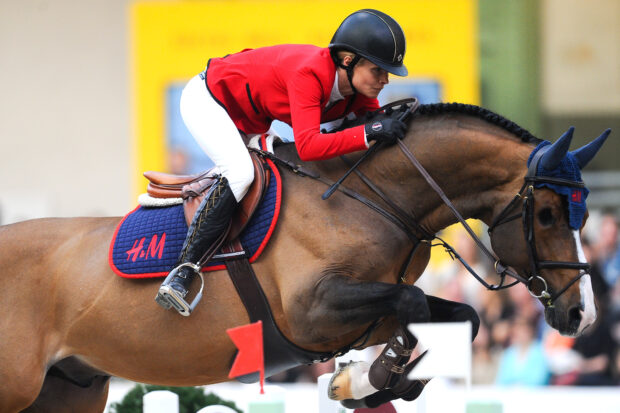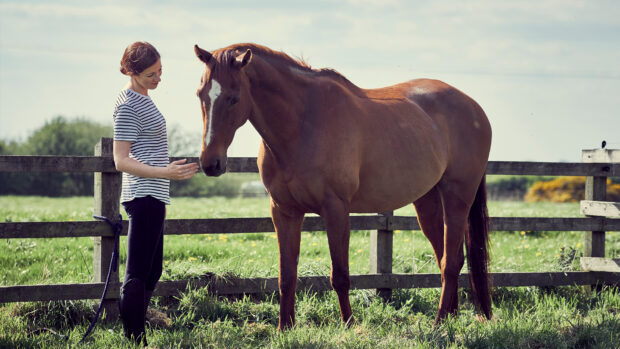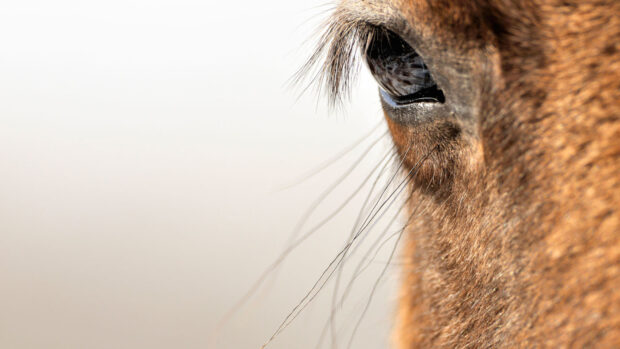1. Never use random eye medication that you have in stock
Ensure the nozzle of the tube is not contaminated with dirt or discharge. Use a separate tube for each horse to avoid cross-infection. Throw away any partly used tubes when the condition has resolved. All eye medication must be used within a month of the tube being opened.
2. Look for a foggy area
If the eye is weeping and you can see the surface, look for a foggy or cloudy area. This could indicate an ulcer. Also look for foreign bodies or blood in or around the eye. If you see any of these, call your vet.
3. Never try to force the eyelids open
 This can damage the eye further. It is far better to allow your vet to do this by using appropriate painkillers.
This can damage the eye further. It is far better to allow your vet to do this by using appropriate painkillers.
4. Never pull anything out of the eye
If there is something sticking out of the eyeball, never pull it out, as it may be a part of the inside of the eye, plugging a wound. Also pulling out a foreign body such as a long hair or piece of straw could slice through the surface of the eye.
5. Check with your vet before flushing the eye
If an irritant chemical is splashed into the eye, flushing the eye with clean water may help or use a proper eye wash, but check with your vet first.
6. Prevent rubbing
A horse will often rub an irritated eye, making things worse. One way of preventing a sore eye from being rubbed is to use blinkers. In an emergency, you should stay with a horse to prevent it rubbing while professional help is sought. An ice pack (frozen peas would do) in between layers of soft clean cloth held against the eye for five minutes may help to soothe it and there are purpose-made protective eye masks available. Visit www.horsemask.com or www.guardianmask.com.
7. Use a dark stable
Many horses with eye problems are sensitive to light. They may feel better if placed in a quiet, dust-free, fly-free dark stable.
8. Feed on the floor
Feeding on the floor will help reduce dust irritating an already sore eye.
9. Have eyelid wounds repaired
Any eyelid wound involving the eyelid margin should be repaired by your vet to avoid later complications. They will usually heal very well. If left to heal on their own, you can get serious scarring and damage to the eye itself.
10. Wipe away discharge
Wipe away any discharge around the eye and keep flies away. Application of petroleum jelly around the eye may reduce scalding of the skin.
For the full article on common eye problems and the latest treatments, see the current issue of Horse & Hound (18 December, ’08)



